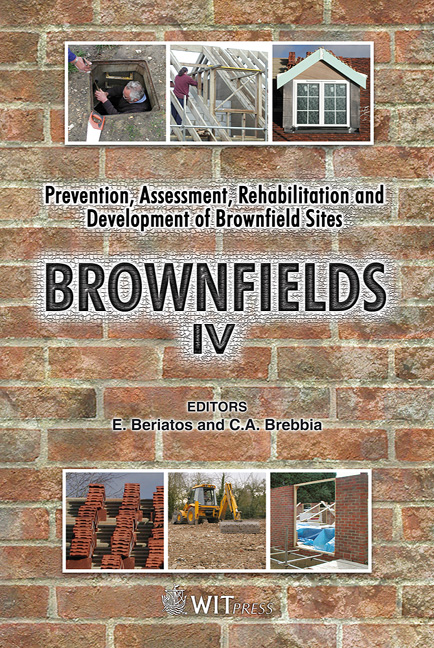Public Participation In The Brownfield Redevelopment Process: Lessons Learned In Two Case Studies In Michigan, USA
Price
Free (open access)
Transaction
Volume
107
Pages
10
Page Range
233 - 242
Published
2008
Size
612 kb
Paper DOI
10.2495/BF080231
Copyright
WIT Press
Author(s)
A. P. Fontaine
Abstract
This paper documents a defined approach for successfully engaging public participation in brownfield redevelopment projects. The two case studies vary by community size (140,000 to 870,000 residents) and by project area (17 acres to 3.5 miles of riverfront), but the basic approach stays the same. By comparing the two case studies, a list of lessons learned is generated and demonstrates how this basic approach can be applied to almost any brownfield redevelopment effort. Keywords: participation, brownfields, Michigan, credible champion. 1 Challenge of public participation The challenge in involving the general public in any development project is determining the optimum level of input the community should have in the process. Too little input and the project runs the risk of not gaining crucial community support – necessary for public funding, changes to adopted plans, and acceptance in the neighborhoods where change will take place. Too much input and the project will become unmanageable, responding to every nuance, local issue, and parochial concern. Brownfield development projects add an additional layer of complexity in the public participation process. Brownfields often create many questions: What is a brownfield? How long has it been like this? What are the public health considerations? These are just a few of the more basic questions the public will have. The vast majority of residents will not understand the basic science involved in repairing the site, nor will they comprehend the complex regulatory conditions that must be met or the amount of effort that will be needed for a successful project to be created.
Keywords
participation, brownfields, Michigan, credible champion.




